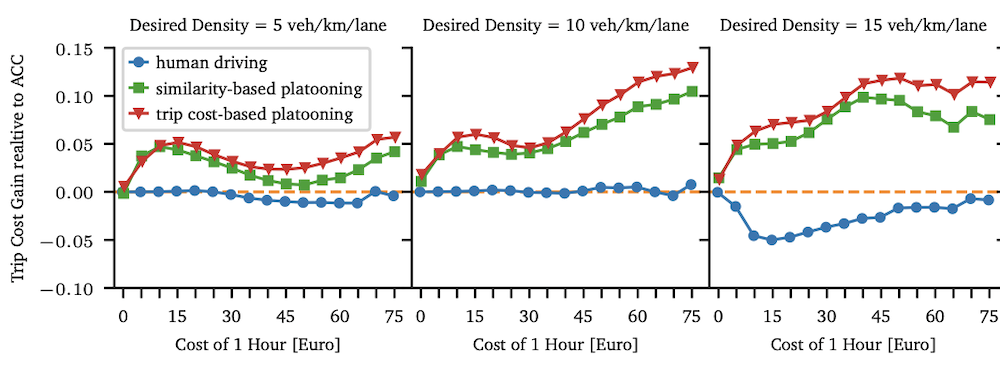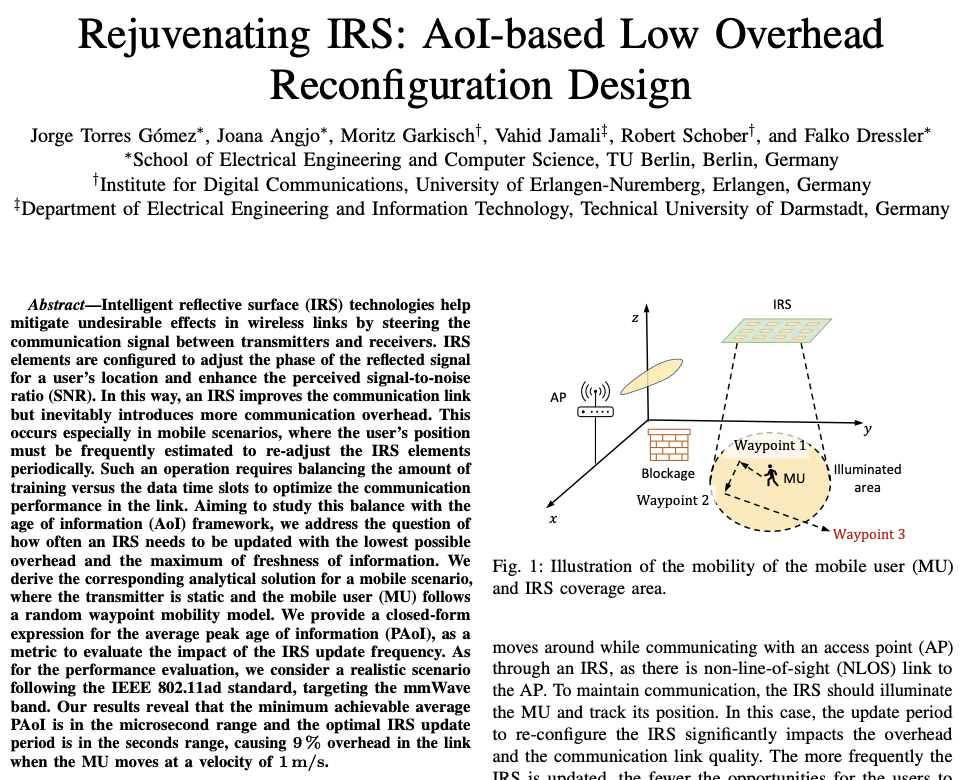Literature Database Entry
bloessl2012interferer
Bastian Bloessl, Stefan Joerer and Falko Dressler, "Interferer Detection and Classification using Low-Cost Sensor Motes," Proceedings of 11. GI/ITG KuVS Fachgespräch Drahtlose Sensornetze (FGSN 2012), Darmstadt, Germany, September 2012.
Abstract
Inter-protocol interference is one of the most critical issues in wireless communication. For example, this becomes extremely problematic in environments where robustness and real-time communication need to be considered, e.g., in industrial automation or health care applications. Recently, possible approaches for interference mitigation have been described in the literature assuming that the interferer is known in advance. We contribute to this line of research with a framework for interferer detection and classification. Essentially, we use a simple IEEE 802.15.4 transceiver as for example used on the TelosB sensor motes to scan the 2.4 GHz ISM band. This band is used by different technologies including Bluetooth, WiFi, and cordless phones. The key challenge is the accurate timing of the scanning of the frequency band. The presented framework supports flexible descriptions of such scan jobs allowing to adapt to the detectors requirements, depending on the interfering protocols.
Quick access
Authors' Version ![]() (PDF on this web site)
(PDF on this web site)
BibTeX ![]()
Contact
Bastian Bloessl
Stefan Joerer
Falko Dressler
BibTeX reference
@inproceedings{bloessl2012interferer,
author = {Bloessl, Bastian and Joerer, Stefan and Dressler, Falko},
title = {{Interferer Detection and Classification using Low-Cost Sensor Motes}},
address = {Darmstadt, Germany},
booktitle = {11. GI/ITG KuVS Fachgespr{\"{a}}ch Drahtlose Sensornetze (FGSN 2012)},
month = {9},
year = {2012},
}
Copyright notice
Links to final or draft versions of papers are presented here to ensure timely dissemination of scholarly and technical work. Copyright and all rights therein are retained by authors or by other copyright holders. All persons copying this information are expected to adhere to the terms and constraints invoked by each author's copyright. In most cases, these works may not be reposted or distributed for commercial purposes without the explicit permission of the copyright holder.
The following applies to all papers listed above that have IEEE copyrights: Personal use of this material is permitted. However, permission to reprint/republish this material for advertising or promotional purposes or for creating new collective works for resale or redistribution to servers or lists, or to reuse any copyrighted component of this work in other works must be obtained from the IEEE.
The following applies to all papers listed above that are in submission to IEEE conference/workshop proceedings or journals: This work has been submitted to the IEEE for possible publication. Copyright may be transferred without notice, after which this version may no longer be accessible.
The following applies to all papers listed above that have ACM copyrights: ACM COPYRIGHT NOTICE. Permission to make digital or hard copies of part or all of this work for personal or classroom use is granted without fee provided that copies are not made or distributed for profit or commercial advantage and that copies bear this notice and the full citation on the first page. Copyrights for components of this work owned by others than ACM must be honored. Abstracting with credit is permitted. To copy otherwise, to republish, to post on servers, or to redistribute to lists, requires prior specific permission and/or a fee. Request permissions from Publications Dept., ACM, Inc., fax +1 (212) 869-0481, or permissions@acm.org.
The following applies to all SpringerLink papers listed above that have Springer Science+Business Media copyrights: The original publication is available at www.springerlink.com.
This page was automatically generated using BibDB and bib2web.








